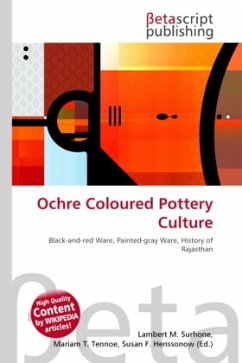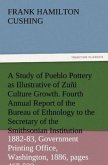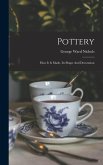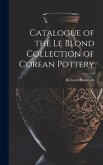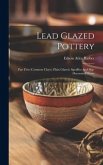High Quality Content by WIKIPEDIA articles! The Ochre Coloured Pottery culture (OCP), is a 2nd millennium BC Bronze Age culture of the Ganga-Yamuna plain. It is a contemporary to, and a successor of the Indus Valley Civilization. The OCP marks the last stage of the North Indian Bronze Age and is succeeded by the Iron Age black-and-red ware and painted-gray ware cultures. Early specimens of the characteristic ceramics found near Jodhpura, Rajasthan date to the 3rd millennium,this site of Jodhpura is in district Jaipur and must not be confused with the city of Jodhpur, and the culture reaches the Gangetic plain in the early 2nd millennium. Copper Hoards refer to different assemblages of copper-based artefacts in the northern areas of the Indian Subcontinent. These are believed to date largely to the 2nd millennium BC. Few derive from controlled excavations. Different regional groups are identifiable: southern Haryana/northern Rajasthan, the Ganges-Jumuna plain, Chota Nagpur and in Madhya Pradesh, each with their characteristic artefact types. Initially the copper hoards were known mostly from the Ganges-Jumuna doab and most characterisations dwell on this material.
Bitte wählen Sie Ihr Anliegen aus.
Rechnungen
Retourenschein anfordern
Bestellstatus
Storno

